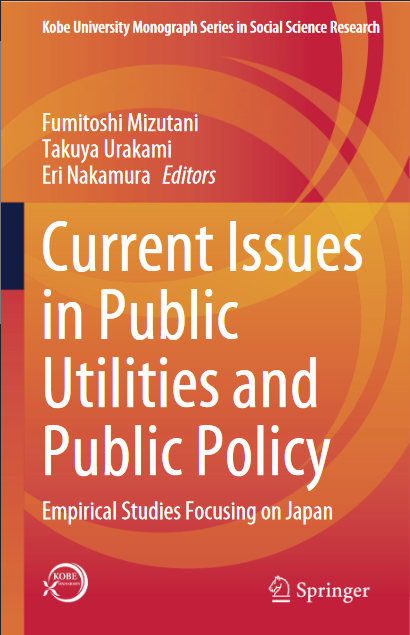

خرید و دانلود نسخه کامل کتاب Current Issues in Public Utilities and Public Policy Empirical Studies Focusing on Japan – Original PDF
64,500 تومان قیمت اصلی 64,500 تومان بود.37,500 تومانقیمت فعلی 37,500 تومان است.
تعداد فروش: 64
Author:
Fumitoshi Mizutani · Takuya Urakami · Eri Nakamura
18 F. Mizutani et al. 2.1 Introduction Since the Great East Japan Earthquake, the promotion of energy saving in not only industrial and commercial sectors, but also in the residential sector has become an important issue in the Japanese energy industry. One promising way to encourage consumers to save electricity is Demand Response1 (DR). Also, with society’s present pursuit of low-carbon energy goals, DR is attracting attention as a means of main- taining the stability of the power system during the massive transition to renewable energy, the supply of which is still unstable. DR can refer to many different schemes, which can generally be classified into Price-driven and Incentive-driven.2 First, typical price-driven demand responses include (a) Time of Use (TOU), (b) Critical Peak Pricing (CPP), (c) Real Time Pricing (RTP), (d) Critical Peak Pricing with Control, and (e) System Peak Transmission Tariff. With incentive-driven DR, the DR provider directly suppresses the electricity demand of consumers or makes use of the supply–demand adjustment market. A number of incentive-based DR schemes have been proposed using frameworks such as (a) Direct Load Control, (b) Load as Capacity Resource, (c) Emergency Demand Response, (d) Interruptible Load, and (e) Spinning Reserve. In addition, there is non-price-driven DR, designed to appeal to consumer morality. Falling into this category are non-legally enforceable power saving requests by power companies, for example after the Great East Japan Earthquake in 2011, when there was widespread cooperation among consumers to save electricity when requested to do so, regardless of cost-saving. Among these DR types, this paper focuses on Time Varying Pricing DR and non- legally enforceable electricity saving requests. Many empirical analyses have been carried out to investigate the extent to which these types of DR schemes, which take advantage of the characteristics of human behavior, can encourage household elec- tricity saving. A further compelling task is to analyze households’ heterogeneous reaction to Dynamic Pricing. It is important for policy makers to know empiri- cally to what extent DR can reduce households’ electricity consumption, how its effects differ depending on household attributes, and how feasible it would be to introduce. However, due to a lack of detailed household-level information, previous studies have been unable to examine the relationship sufficiently. The authors have obtained detailed data on household income, the daytime presence or absence of family members due to work or in-family caretaking, the number of air conditioners, the number of refrigerators, whether a house is all-electric, the size of the house, the 1 There are varying definitions of DR (see, for example, Eid et al. [7]). According to the Department of Energy [6], “DR is a program to motivate changes in electricity use by end-use customers, designed to induce lower electricity use typically at times of high market prices or when grid reliability is jeopardized.”. 2 Yan et al. [28] classifies DR into two categories: price-driven and incentive-driven DR. 2 An Analysis of the Effect of Demand Response on Electricity … 19 age of the house, and total floor space. By utilizing highly detailed household infor- mation obtained from a randomized field experiment on demand response in Japan, this paper investigates how the effect of Time Varying Pricing DR varies according to household attributes. This paper consists of six sections. After the introduction, Sect. 2.2 describes previous literature. Section 2.3 explains data sources as well as the design of the field experiment data and introduces variables to be focused on. Section 2.4 explains empirical models as well as empirical strategy. Section 2.5 shows the empirical results and a discussion of findings relevant to policy formation. Section 2.6 summarizes major research findings and suggests topics for future studies



نقد و بررسیها
هنوز بررسیای ثبت نشده است.